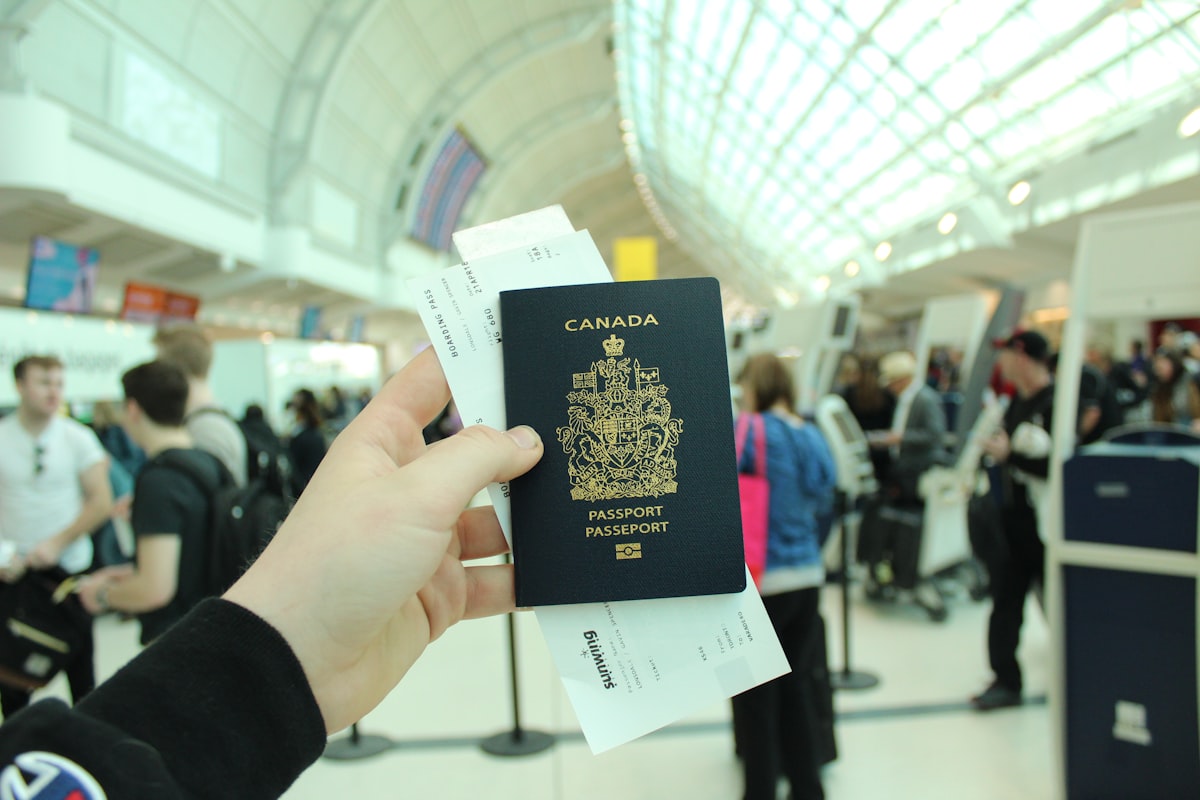Understanding the Education Credential Assessment Process for Canada: A Step-by-Step Guide
Table of Contents
Education credential assessment is a process of evaluating and verifying the academic credentials of individuals who have obtained their education in a foreign country. This process is usually carried out by regulatory bodies, educational institutions, or professional associations to determine the equivalency of foreign education to Canadian education standards.
Who needs it ?
Education credential assessment is an important step for immigrants who are planning to study or work in Canada. The assessment process involves verifying the authenticity of academic credentials, evaluating the content and level of education, and determining the equivalency of the foreign education to Canadian education standards.
What’s the process?
The assessment process typically involves the submission of official academic transcripts, diplomas, and other relevant documents to the designated assessment organization. The assessment organization then reviews the documents to verify their authenticity and determines the level and content of the education.
important factors
The assessment organization then compares the foreign education to Canadian education standards and determines the equivalency of the education. This assessment is usually done based on various factors such as the duration and content of the education, the type of institution, and the academic performance of the individual.
Report shows Canadian equivalency
Once the education credential assessment is completed, the individual is provided with an assessment report that outlines the equivalency of their foreign education to Canadian education standards. This report is usually required by educational institutions, professional associations, or regulatory bodies as part of their admission or registration process.
Processing time
It is important to note that the education credential assessment process can vary depending on the assessment organization and the purpose of the assessment. For example, some assessment organizations may specialize in evaluating the credentials of immigrants for the purpose of immigration, while others may focus on assessing credentials for the purpose of employment or further education.
Designated assessment organization
In Canada, there are several designated assessment organizations that are authorized to assess foreign education credentials. These organizations include World Education Services (WES), International Credential Assessment Service of Canada (ICAS), and Comparative Education Service (CES), among others.
Here are the names of some Education Credential Assessment institutes in Canada with website links:
- World Education Services (WES): https://www.wes.org/ca/
- International Credential Assessment Service of Canada (ICAS): https://www.icascanada.ca/
- Comparative Education Service (CES): https://students.ubc.ca/enrolment/records/ces
- International Qualifications Assessment Service (IQAS): https://www.alberta.ca/iqas.aspx
- Medical Council of Canada (MCC): https://mcc.ca/
- Pharmacy Examining Board of Canada (PEBC): https://www.pebc.ca/
- National Dental Examining Board of Canada (NDEB): https://ndeb-bned.ca/en/
Please note that this is not an exhaustive list and there may be other assessment organizations as well.
Step-by-step guide
Here’s a step-by-step guide to the education credential assessment process for Canada:
Step 1: Choose an assessment organization
The first step is to choose an organization authorized to assess foreign education credentials. Canada has several assessment organizations, including WES, ICAS, and CES. Select one based on your specific needs.
Step 2: Gather your documents
After choosing an assessment organization, gather all the required documents for assessment. These include academic transcripts, diplomas, and other relevant educational certificates. Obtain official copies from the educational institutions where you completed your education.
Step 3: Submit your application
Once you have all the required documents, submit your application for assessment to the designated organization. The application process may vary, but usually involves filling out an online form and submitting it with your documents.
Step 4: Pay the assessment fee
After submitting your application, pay the assessment fee. The fee may vary depending on the organization and the type of assessment you require. You can usually pay online or through other designated methods.
Step 5: Wait for assessment
The designated assessment organization will begin the assessment process after you submit your application and pay the fee. The assessment process can take several weeks to complete, depending on the organization and the assessment’s complexity.
Step 6: Receive your assessment report
Once the assessment process is complete, the organization will send you an assessment report outlining the equivalency of your foreign education to Canadian education standards. You’ll typically receive the report electronically and can request a hard copy.
Step 7: Use your assessment report
Finally, use your assessment report to pursue further education, employment, or professional registration in Canada. Educational institutions, professional associations, and regulatory bodies will recognize your assessment report as proof of your educational qualifications and equivalency to Canadian education standards.
Conclusion
Education credential assessment is crucial for immigrants who want to work or study in Canada. It ensures that individuals have the right qualifications to succeed and maintains Canadian education standards.















